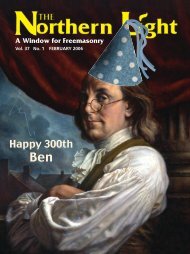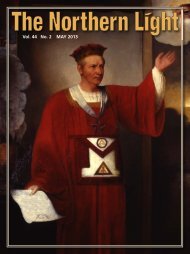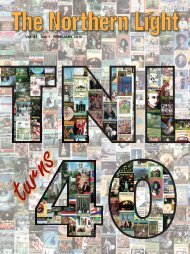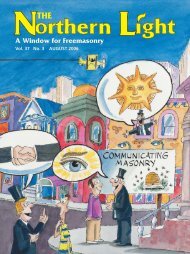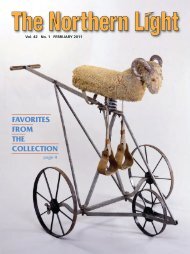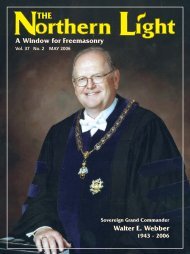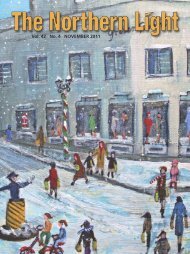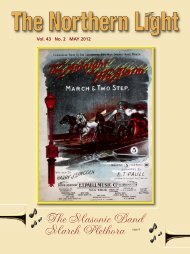The Degree Rituals The Supreme Council, 33 ... - Scottish Rite, NMJ
The Degree Rituals The Supreme Council, 33 ... - Scottish Rite, NMJ
The Degree Rituals The Supreme Council, 33 ... - Scottish Rite, NMJ
Create successful ePaper yourself
Turn your PDF publications into a flip-book with our unique Google optimized e-Paper software.
<strong>The</strong> <strong>Degree</strong> <strong>Rituals</strong><br />
<strong>The</strong> Twenty-sixth “Gettysburg” <strong>Degree</strong><br />
<strong>The</strong> development of the ritual of the 26° has been a drama in itself and at<br />
times along the way has been a center of intense controversy. <strong>The</strong> earliest<br />
surviving ritual for the degree dates only from the mid-1850’s. More recently,<br />
there have been four different rituals for the 26° within the space of 65 years.<br />
<strong>The</strong> 26° was not part of the <strong>Rite</strong> of Perfection. Thus, no mention of it appeared<br />
in the Francken Manuscript. In fact, it was not mentioned in any of<br />
the early ritual sources until 1805 (Doszedardski’s manuscript), and then only<br />
by name, without more. According to the Masonic scholar Albert Mackey,<br />
the original title of the degree, (translated from the French) “Prince of Mercy<br />
or <strong>Scottish</strong> Trinitarian,” referred to the “Triple Covenant” made by God with<br />
humanity through Abraham, Moses, and Jesus Christ.<br />
We have no written ritual for the 26° before Albert Pike’s 1855 opus of 53<br />
pages. <strong>The</strong> setting of Pike’s ritual was the catacombs of ancient Rome. Pike’s<br />
inevitable series of long lectures described the tribulations of early Christians<br />
during the Persecution of Emperor Domitian. At the Union of 1867 the Pike<br />
ritual for the 26° (there was no other) was adopted by the Northern Jurisdiction<br />
and, except for an abridgement of (only) 31 pages in 1911, remained in<br />
use for 75 years.<br />
In 1938, the Committee on <strong>Rituals</strong> reported bluntly that the ritual of the<br />
26° “failed utterly to teach the quality of mercy as it should be taught in the<br />
<strong>Scottish</strong> <strong>Rite</strong>.” Soon thereafter, the committee settled on what appeared to be<br />
a more satisfactory theme, the Old Testament story of Joseph and his brethren.<br />
A tentative ritual was approved for trial exemplification in 1940. It was based<br />
on a play, Joseph and His Brethren, written for public presentation by Ill.<br />
Ernest W. Hotchkiss, <strong>33</strong>°, a member of the Valley of Detroit.<br />
Although other compositions on the subject were considered, the substance<br />
of the tentative ritual was approved as the 26° Ritual of 1942. Preceded<br />
by the customary ceremonial opening, reception, and prologue, the allegory<br />
of “Joseph and His Brethren” was dramatized in five scenes, exemplifying the<br />
lesson of the degree, mercy.<br />
67




